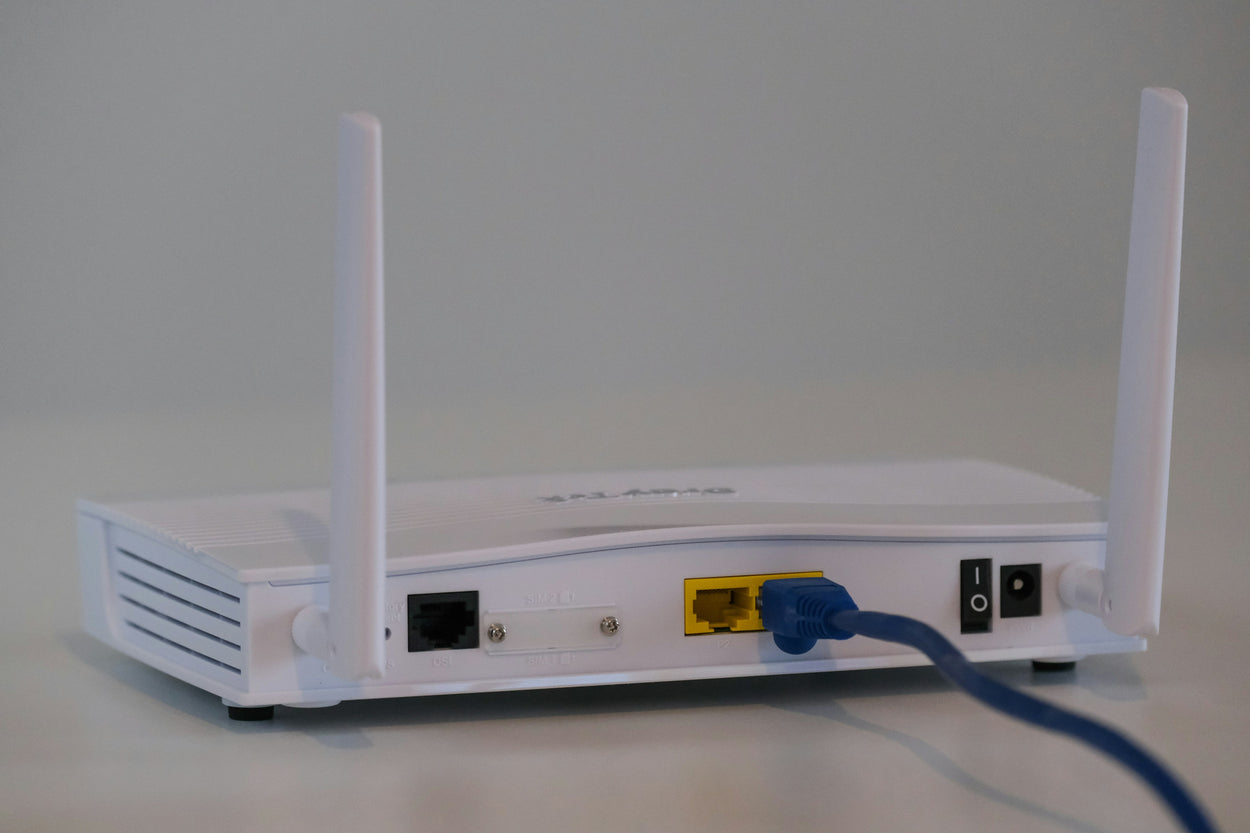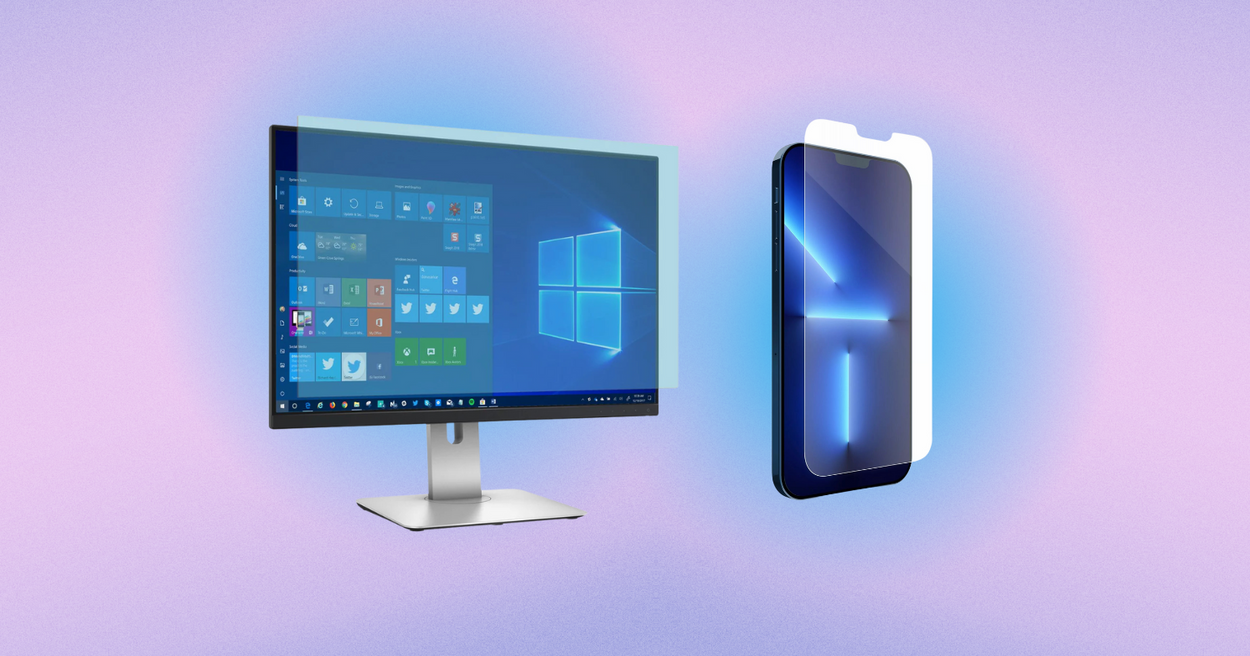How to Delete Things from SSD Safely: The Ultimate Guide for Maximum Storage
Struggling with a full SSD? Learn how to safely delete files, format your SSD, and optimise your storage without damaging your drive.
Why Properly Deleting Files from an SSD Matters
Solid State Drives (SSDs) are faster, more efficient, and more durable than traditional hard drives, but they require proper handling when deleting files or formatting. Unlike HDDs, SSDs use a process called wear levelling, which means data is spread across memory cells. This makes proper deletion crucial to ensure performance, longevity, and data security.
In this guide, you'll learn:
- How to delete things from SSD safely
- How to format SSD without damaging it
- Best practices for maintaining SSD health
Understanding SSDs and Data Deletion
Before diving into deletion methods, it's essential to understand how SSDs manage data:
-
TRIM Command: This feature allows the operating system to inform the SSD which blocks of data are no longer in use and can be wiped internally. Ensuring TRIM is enabled is vital for maintaining SSD performance.
-
Garbage Collection: SSDs automatically clean up unused data blocks in the background, a process known as garbage collection. Proper deletion methods facilitate efficient garbage collection.
How to Delete Things from SSD Safely

1. Regular File Deletion
Simply deleting files and emptying the recycle bin is the most straightforward method:
- Select the files you wish to delete.
- Press 'Delete' and then empty the recycle bin.
Note: This method marks the space as available but doesn't erase the data immediately. Over time, TRIM and garbage collection will handle it.
2. Secure Erase for Sensitive Data
For sensitive information, a more secure method is advisable:
- Use built-in utilities: Some SSD manufacturers provide tools to perform a secure erase.
- Third-party software: Programs like Parted Magic can securely erase data.
Warning: Secure erasing will permanently delete data. Ensure you've backed up important files.

How to Format an SSD Drive
Formatting an SSD can be necessary for various reasons, such as preparing it for a new operating system or removing all data. Here's how to do it safely:
1. Backup Important Data
Before formatting, always back up essential files to an external drive or cloud storage.
2. Choose the Right File System
Select a file system that suits your needs:
- NTFS: Ideal for Windows systems.
- APFS: Best for macOS.
- exFAT: Compatible across both Windows and macOS.
3. Formatting Process
For Windows:
- Open 'Disk Management': Press Win + X and select 'Disk Management'.
- Right-click the SSD: Choose 'Format'.
- Follow the prompts: Select the desired file system and complete the process.
For macOS:
- Open 'Disk Utility': Found in 'Applications' > 'Utilities'.
- Select the SSD: Click 'Erase'.
- Choose the file system: Select the appropriate format and proceed.
Note: Formatting will erase all data on the drive. Ensure backups are complete.

Best Practices for Maintaining SSD Health
To keep your SSD in optimal condition:
- Enable TRIM: This ensures efficient data management.
- Avoid Defragmentation: Unlike HDDs, SSDs don't benefit from defragmentation and it can reduce their lifespan.
- Keep Firmware Updated: Manufacturers often release updates to improve performance and reliability.
- Monitor Drive Health: Use tools like CrystalDiskInfo to keep an eye on your SSD's health status.
Looking to upgrade your tech accessories? Check out our latest collection of phone accessories and home electronics at Techraze.
For the best deals on consumer electronics, visit our home page today.
Note: Always ensure you're following the manufacturer's guidelines and consult professional advice if unsure about any procedures.





